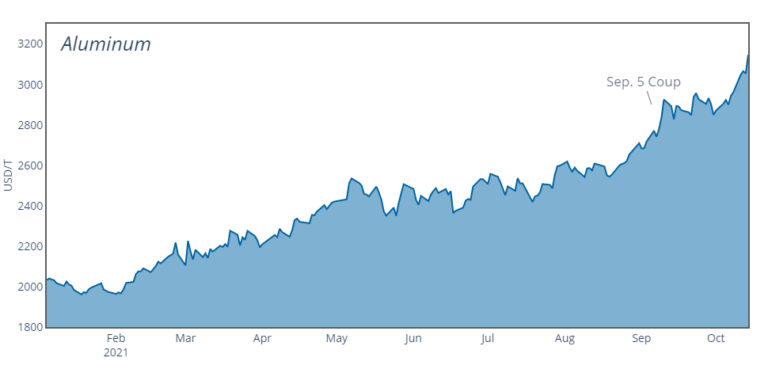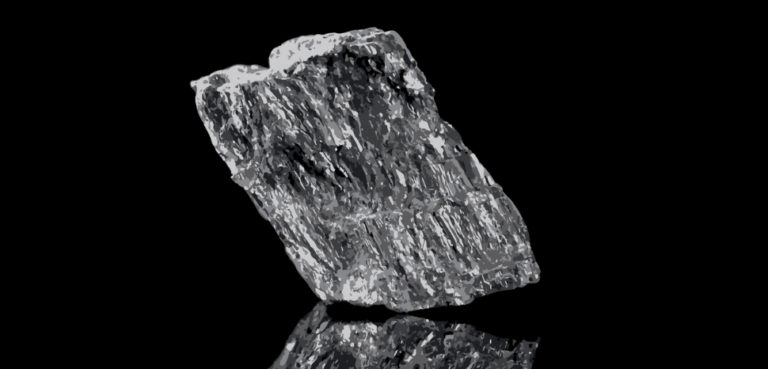For the United States, obtaining access to critical minerals (CMs) and rare earth elements (REEs) is a strategy now associated with nearshoring. However, Washington is also engaging Uzbekistan, as the Central Asian nation is wealthy with CMs. The final quarter of 2024 saw several high-level meetings and agreements between Washington and Tashkent, which deserve more significant discussion.
US Ambassador to Uzbekistan Jonathan Henick and First Deputy Minister of Geology Omonullo Nasritdinxodjaev signed on 16 September a Memorandum of Understanding (MOU), signifying “the intention of the United States and Uzbekistan to diversify global mineral supply chains and advance the clean energy transition, while also protecting Central Asia’s unique ecosystems.” Uzbekistan’s Ministry of Mining Industry and Geology praised the meeting, explaining it is “an important step” to continue the US-Uzbekistan dialogue on “exploration, mining, and value-added product chain development.” Two months later, Washington and Tashkent held a Strategic Partnership Dialogue (SPD) in November, where critical minerals were prominently discussed. According to the State Department, the two sides “celebrated new areas of cooperation, including in critical minerals production and the modernization of Uzbekistan’s natural gas infrastructure.”
Uzbekistan is a member of the Minerals Security Partnership (MSP), which aims to become a platform for cooperation in the area of critical raw materials (CRMs), which are “vital” for the global green and digital transitions. The MSP’s membership is a mix of countries that have CMs and those requiring them, including the United States and the European Union. Besides the MSP, whose members include Kazakhstan and Uzbekistan, Washington is also engaging Central Asia for critical minerals via other initiatives. Specifically, the inaugural C5+1 Critical Minerals Dialogue took place this past February, bringing together the five Central Asian nations and the U.S. The CMD’s goal is to “increase the region’s involvement” in global critical minerals supply chains and to “strengthen economic cooperation and advance the clean energy transition while also protecting Central Asia’s unique ecosystems.”
Finally, it is worth noting that Washington is not the only player courting Uzbekistan for CM deposits. Last April, the European Union and Tashkent signed an MOU to launch a strategic partnership on critical raw materials to secure a diversified and sustainable supply of critical minerals for the green and digital transitions in the EU and Uzbekistan.
Uzbekistan is already known for its oil and gas deposits. However, the country also has significant quantities of critical minerals and rare earth elements, including germanium and silicon. The country is also among the world’s top ten producers of uranium, rhenium, and tellurium; a top 15 county for copper reserves; and among the global top 20 for molybdenum and cadmium reserves. Knowledge in the U.S. about CMs and REEs in Uzbekistan and the rest of Central Asia is limited, partially because more transparency, research, and surveying are required. A 2018 report by the US Geological Survey is often mentioned by analyses on the topic; the report cites 87 sites in Uzbekistan rich in rare earth elements and critical minerals.
The country’s domestic geological industry reached almost USD 11 billion in 2023, and Tashkent certainly wants that number to grow. This past April, President Shavkat Mirziyoyev had a high-level meeting with local officials to discuss the present and future of the mining and metallurgical industries. The meeting emphasized “the need to expand the development of existing and exploration of new deposits of critical raw materials.” As for specific projects, the government wants to develop a program of promising projects worth $500 million on rare earth metals. This program would include attracting “leading institutes and research centers” to emphasize a scientific approach to finding and exploiting deposits.
Critical minerals a geopolitical priority in Washington
Access to critical minerals is a rising priority for Washington. Given President-elect Donald Trump’s well-known distrust of the Chinese government, it is logical to assume the new administration, along with the Republican-led Congress, will be wary of reliance on Beijing for critical minerals, and will continue to seek partnerships and agreements to ensure the United States has a growing and stable supply of CMs. The Center for Strategic and International Studies (CSIS), a Washington, DC-based research center, issued a policy brief in late 2024, providing seven recommendations on CMs, some of which address international US partners. Specifically, Gracelin Baskaran, Director of CSIS’ Critical Minerals Security Program, recommended expanding domestic capabilities while bolstering strategic global partnerships, expanding the beneficiaries list for current and future mineral incentives, reforming the US International Development Finance Corporation to “better fund minerals projects,” and “quickly” appointing effective ambassadors in mineral-rich jurisdictions.
While Uzbekistan is not mentioned in the policy brief, the analysis does mention neighboring Kazakhstan, which is also rich in critical minerals and rare earth elements. Hopefully, the next administration will utilize CSIS’s recommendations as a blueprint to approach new partners, including Uzbekistan.
Given the ongoing global disorder and tensions between the global (nuclear) powers, it is critical to strengthen existing supply chains and develop new ones for access to critical minerals and rare earth elements. Several analyses have been published on this topic since the US elections. For example, besides the aforementioned CSIS brief, other analyses address US-Africa relations and access to the continent’s critical minerals during the second Trump administration.
Uzbekistan is geographically far away from the United States, so the term nearshoring does not apply. However, the recent meetings and agreements between Washington and Tashkent suggest that the US government is not only looking for domestic and regional suppliers of CMs and RREEs but also engaging other partners, even those on the other side of the world. We will have to wait and see if the second Trump administration supports a holistic strategy with different tiers to access critical minerals and rare earth elements. Tashkent wants to exploit and expand its mining industry; however, more surveys are needed to find local deposits of CMs and REEs. Moreover, reliable supply chains are required to transport the mined products from Central Asian countries, like Uzbekistan, to the international market, including potential customers in the United States.
The views expressed in this article belong to the author(s) alone and do not necessarily reflect those of Geopoliticalmonitor.com.




